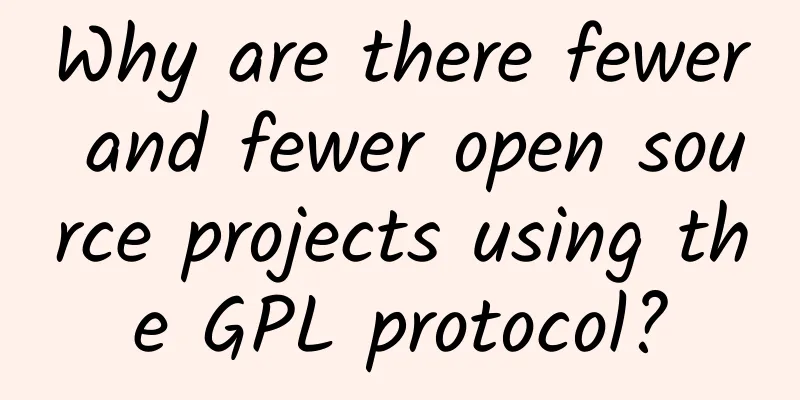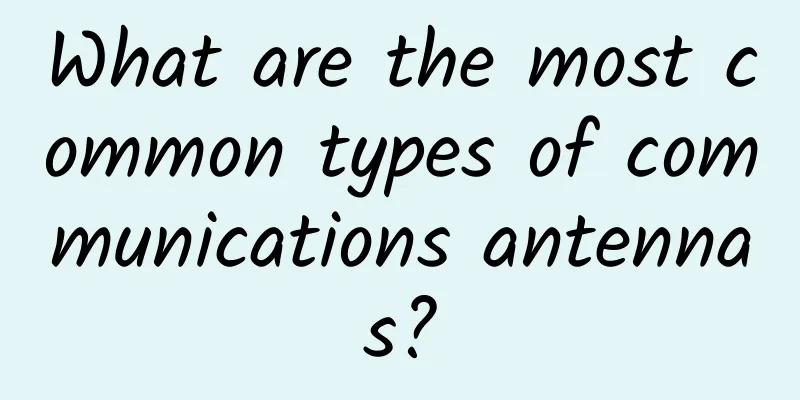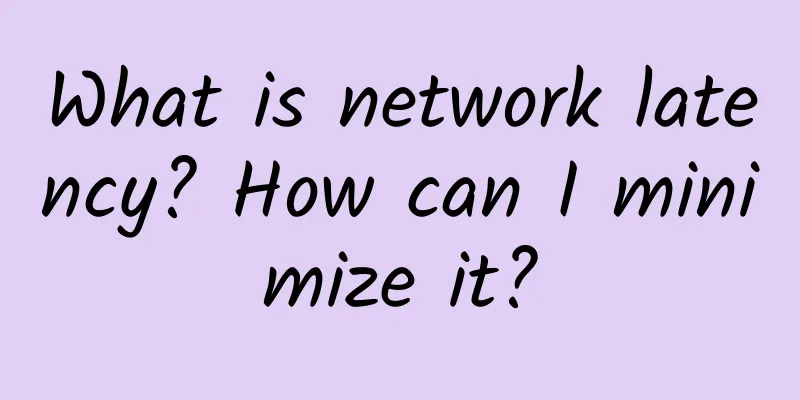Why are there fewer and fewer open source projects using the GPL protocol?

|
[Original article from 51CTO.com] Recently, some people paid attention to the current status of open source licenses and found that from 2010 to 2017, the use of GPL2.0 has been reduced by more than half, and more developers have turned to MIT and Apache licenses. Why? The main reason is that the GPL is relatively unbusiness-unfriendly. To be honest, the GPL's declining popularity isn't all that surprising. First, as the open source industry has grown, it has become clear to everyone that it is extremely important to find a balance between community participation and a business model that meets customer needs. In the early days of open source, there was a misunderstanding that "if you build an open source project, customers will come. Indeed, they will often come to use your software. But in most cases, they won't give you money." Over time, we've seen various companies, such as Red Hat, Automattic, Docker, Canonical, DigitalOcean, and many more, explore different ways to monetize open source, including distribution models, service models, open core models, and more. It's clear that the traditional software scarcity model doesn't work for open source projects, and striking a balance between revenue and free is difficult for many. Although the GPL is an open source license, it is fundamentally a free software license. As a free software license, the management and support of the GPL is largely driven by the Free Software Foundation, whose ultimate focus is on the idea that software must be 100% free. They don't have much room for compromise, and even many recognized open source projects (such as many Linux distributions) are considered "non-free" because of a small part of binary firmware. Few companies recognize the pure consciousness of the Free Software Foundation (or similar organizations), so I suspect that companies are reluctant to choose such a pure license. Another reason that affects the use of GPL is that with growth, the purpose of open source is no longer pure. In the early days, one of the core concerns of open source projects was openness and software freedom. GPL is a very natural choice for such projects, such as Debian, Ubuntu, Fedora, Linux, etc. But in recent years, we have seen a newer generation of development, for whom freedom may not be important, open source is to complete the command, or just to open a component of a certain software. I think this is one of the reasons why more and more MIT and Apache licenses are used. The GPL will continue to be a popular license in the future, but developers will increasingly view it as a pure free software license. Projects with an ethical commitment to software freedom will prioritize the GPL, but for businesses that need to consider the balance discussed above, they will still prefer to use the MIT and Apache licenses. 51CTO’s opinion Regardless, it's very exciting to see the growth of open source and free software. While there may be complexity and changes in how licenses are used, what's more important to everyone is that technology is becoming more and more open for everyone to use. [51CTO original article, please indicate the original author and source as 51CTO.com when reprinting on partner sites] 【Editor's recommendation】
|
<<: What does the expansion of 4G mean for big data?
>>: Cache + HASH = high concurrency? You think the high concurrency architecture is too simple!
Recommend
Wi-Fi 5 is out! Wi-Fi 6 advantages: faster speed/more power efficient
If 2019 is the first year of Wi-Fi 6 commercializ...
Apple's in-house modem solution is a huge challenge, but the rewards are huge if it succeeds
Apple's move to develop its own wireless comm...
5G UPF traffic distribution technology and deployment methods
Labs Guide The User Plane Function (UPF) is an im...
Gartner: The number of devices in use worldwide will reach 6.2 billion in 2021
[[391127]] Recently, Gartner pointed out that the...
Use data to tell you the current status of IPv6 development in China in 2021
A few days ago, Xiao Wei shared with everyone the...
Gcore: KVM host from €1.08/month, 26 data centers available in Russia/Asia Pacific/Europe and America
G-core (gcorelabs) is a foreign hosting company f...
Will wireless networks kill wired networks?
While wireless networks grab all the headlines, w...
Wi-Fi 6 is here, are you interested?
If we were to vote for the "hottest names&qu...
31 giants including Microsoft and Google form an alliance to prevent any company from dominating the 5G market
[[325080]] May 7 report: Foreign media said that ...
How do LoRa and LoRaWAN help build smart cities?
Smart city networks power everything from self-dr...
80VPS: Hong Kong KVM annual payment 330 yuan - dual core/2GB/40G hard disk/3M, Los Angeles large storage machine monthly payment 1200 yuan
80VPS has newly launched the Hong Kong CI data ce...
5G and 6G spectrum comparison
6G is not yet widely available, but the latest sp...
Is WeChat and QQ file transfer too inhumane? Here's how to fix it
For example, if the other party sends a file to y...
#Has run away#Limewave: $12.9/year KVM-1GB/15GB SSD/3TB/Seattle data center
【Attention】This merchant has run away!!! Limewave...









